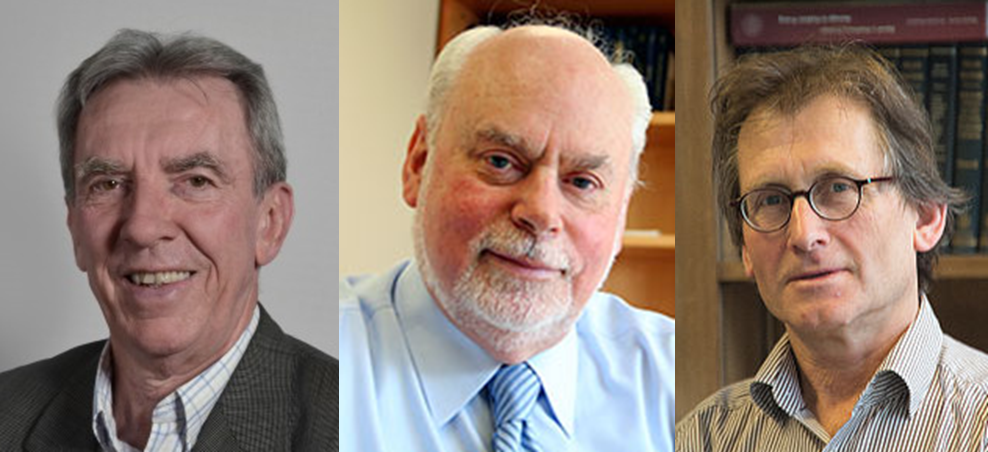Abstract Submission is now open
Registration opening soon.
The ‘MC’ conference series has provided a showcase for materials chemistry for two decades, and is the flagship event of the RSC’s Materials Chemistry Division.
Recent editions of the MC series have been very successful: MC8, held in London in 2007, attracted 500 delegates; in 2009, the RSC was proud to incorporate MC9 into the scientific programme of the 42nd IUPAC World Congress (IUPAC 2009) which reached an audience of over 2000 delegates; MC10 saw nearly 500 scientists present their work in Manchester in July 2011, MC11 in the comfortable surroundings of the University of Warwick’s Arts Centre reached an audience of just over 500 delegates and MC12 which took place in York saw almost 600 delegates join together.
Themes:
Materials Design
The targeted identification of new materials, spanning modelling and knowledge-led approaches i.e., routes based both on computation and an experiment-derived understanding.
Magnetic, Electronic & Optical Materials
The properties or applications of materials related to display technologies, sensors, optics, electronics, printable electronics, magnetics and information storage technologies, spanning all material types including nano, 2D, smart, carbon, and multifunctional materials.
Energy & Environment
Encompassing all aspects of Materials Chemistry related to energy conversion and, storage, and fuel generation and environment control and remediation.
Nanomaterials
Synthesis, Characterisation, Properties and Application of materials and hybrid materials with nanoscale dimensions and functionality.
Soft Matter & Biomaterials
All aspects of soft matter materials, as well as those specifically targeted at biomaterials applications, especially where there are links between design and function.
Cross Cutting Themes
- Devices and Sensors
- Materials Characterisation
- Modeling and Computational Chemistry
- Translation to Application












